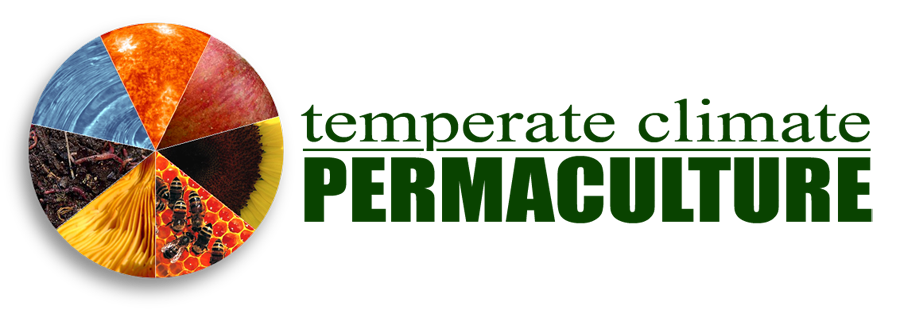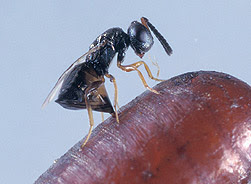Beautiful Bougainvillea Bracts.
I recently received this email from a reader:
Hi John, this isn't actually a temperate climate question, but I'd love to hear your thoughts anyways. I've just moved into a new home in Southern Turkey where the climate is similar to that of southern California. I'm hoping to experiment with some permaculture projects in my living space and want to start with what's already there. There is a large Bougainvillea bush ("paper flower") in the back yard and roses in the front yard. Do you have any insights from your reading about the benefits and uses of these two plants in particular and how they as ornamentals might fit into a permaculture system?
First, I have to say that the Mediterranean climate really is technically part of the world's Temperate Climate Zone. While there are roses that can be grown throughout most of the world, Bougainvillea is more tropical and sub-tropical, and many readers of the blog live in just these areas. In the U.S., it can be grown in large swaths through California, Texas, Louisiana, and Florida. Overall, very appropriate!
I'll talk about the roses in a separate post where I will devote a full "Permaculture Plants" article on them. Today I will really focus on the basic Permaculture aspects of the Bougainvillea. While not a plant that is often considered when discussing Permaculture, it does have a number of uses from which we can benefit if we already have these plants growing on our land.
Bougainvillea grows high and thick.
Common Name: Bougainvillea, Paper Flower
Pronounced: boo-gan-VEE-yuh or boo-gan-VEE-jah
Scientific Name: Bougainvillea species
Family: Nyctaginaceae
Description:
Bougainvillea are woody vines that can be shaped into a standard upright shrub that can grow fairly tall. It is most well know for its vibrantly colored bracts - modified leaves that surround the true flower inside.
USDA Hardiness Zone: 9b-12. If kept dry, can withstand light frost and temperatures to 32 F (0 C).
Life Span: - 3-10 years
Primary Uses:
- Ornamental vine
- Ornamental standard bush or shrub
- Ornamental hedge
Secondary Uses:
- General insect nectar source - has small flowers which bloom long and often from which smaller, beneficial insects can eat
- Natural barrier fence due to its thorns and dense growth habit
- Drought and heat tolerant - excellent for outside of normal watering/irrigation areas
- Small animal shelter - especially small birds
- Privacy Hedge - due to its very dense growth
- Wind Break
- Potpourri - while lacking scent, the bracts hold their color and shape well when dried
- Wreathes - made from cuttings
- Used in traditional medicine for diarrhea, heartburn, cough, sore throat - studies are lacking
- Recently studied for diabetic and cancer treatments - no current treatment recommendations
A Bougainvillea Hedge
Flowering: The closer to the equator, the longer the blooming season. More Temperate Climates can expect long, recurrent summer and early autumn blooms.
Special Considerations for Growing:
Bougainvillea does not tolerate high levels of prolonged moisture. Avoid overwatering. Too much water causes the plant not to flower and can cause root rot.
Propagation:
Seeds. Easily propagated through tip cuttings. Just keep the cutting in moist soil in the shade until roots develop.
"Propagating bougainvilleas from cuttings is easy. The best way to identify the best quality wood for a cutting is to look for the striped bark, which will be semi-hard wood and take a four-node cutting. Remove all of the leaves except for the top leaf. Injure the bark of the bottom node and dip in rooting hormone and place in a striking mix in small pots. Normally it takes between two and three months for roots to be visible at the bottom of the tube."
Bougainvillea can get quite large if allowed.
Maintenance: Relatively pest free. Minimal once established, but will need pruning to keep in bounds
Concerns:
- Sharp Thorns! Don't walk barefoot near this plant. As a child, we had a large bougainvillea on the side of our home. We often avoided this corner of the property, because we rarely wore shoes as children when playing outside. I had numerous thorns impaled in my calloused feet when I would run too close to this plant. Note that all varieties do not have thorns.
- Irritating Sap. Can cause poison ivy (poison oak, poison sumac) like reactions.
Bougainvillea come in a wide variety of colors, although the shades of purple are most common.




















































